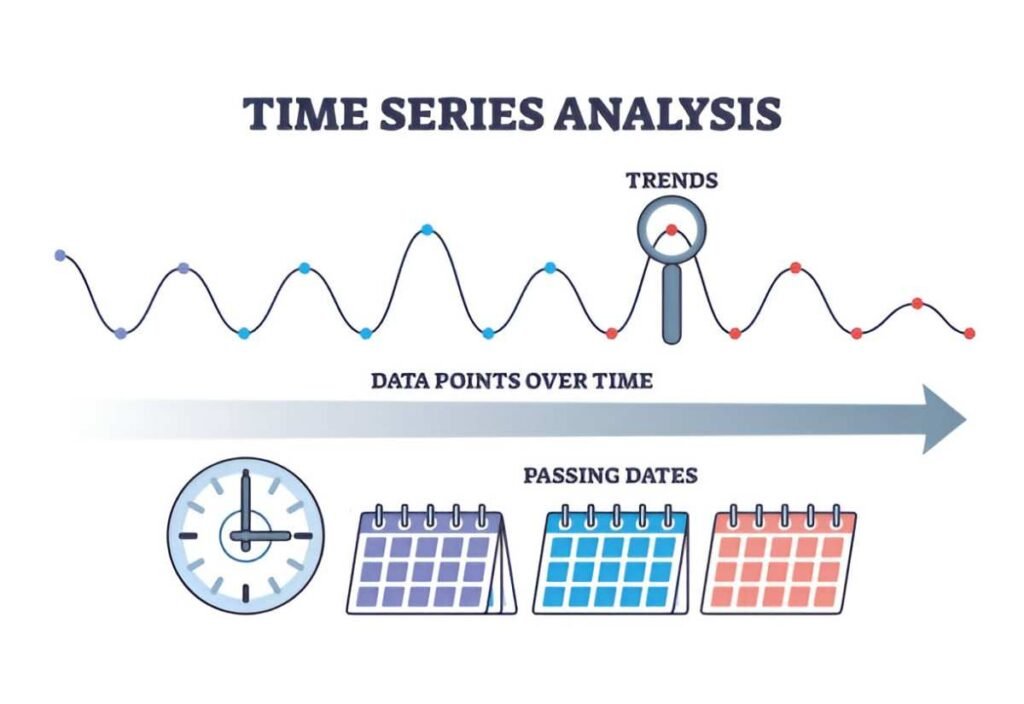Understanding Selection Error in Finance
Selection error occurs when decisions are based on incomplete, biased, or misleading data. This error can distort financial planning, investment strategies, and risk assessments. It often results in suboptimal outcomes, such as misallocated funds, underperformance of investments, and increased exposure to financial risk. Understanding how to identify and mitigate selection error is crucial for making sound financial decisions
Table of Contents
Types of Selection Error
Selection error manifests in various forms, each with unique implications for financial decision-making. The most common types include:
- Survivorship Bias – Occurs when decisions are based only on successful cases while ignoring failures. For example, selecting mutual funds based on past performance without considering those that failed and disappeared from databases.
- Sampling Bias – Arises when a subset of data is not representative of the whole population. This often occurs in investment research when only a specific sector is analyzed while ignoring broader market trends.
- Omitted Variable Bias – Happens when an important factor influencing financial outcomes is ignored. For instance, evaluating a company’s profitability without considering macroeconomic factors like inflation or interest rates.
- Self-Selection Bias – Occurs when participants in a study or dataset have chosen themselves into a group, leading to skewed results. An example is using voluntary survey data to assess average investment returns, which might over-represent experienced investors.
- Look-Ahead Bias – Happens when future data is inadvertently included in a model’s decision-making process, leading to unrealistic backtesting results in financial strategies.
Impact of Selection Error on Financial Decisions
Selection error affects various aspects of financial decision-making, from individual investments to corporate financial planning. Below are some key areas where selection error can lead to poor outcomes:
- Stock Market Investments: An investor who selects stocks based only on past high-performing companies may suffer from survivorship bias. A better approach involves analyzing both successful and failed companies to understand the full risk spectrum.
- Mutual Fund Performance Evaluation: If an investor chooses funds based only on those that have consistently outperformed, ignoring those that have shut down, they risk falling into the survivorship bias trap.
- Corporate Budgeting: If a company allocates funds based on a limited set of past projects without considering the ones that failed, it risks repeating the same mistakes.
Mathematical Illustration of Selection Error
To demonstrate the impact of selection error, consider an investment scenario where an investor evaluates the average return of a mutual fund category. Suppose they only consider funds that have survived over the past 10 years and exclude those that failed.
Let:
- The average return of surviving funds be R_s .
- The average return of failed funds be R_f .
- The proportion of surviving funds be p_s .
- The proportion of failed funds be p_f .
A proper calculation of expected return should include both successful and failed funds:
R_{total} = p_s R_s + p_f R_fIf R_f is negative or significantly lower than R_s , ignoring it inflates the expected return and misleads investors.
Avoiding Selection Error: Best Practices
To reduce the impact of selection error, I recommend the following strategies:
1. Use Comprehensive Data Sources
Avoid relying solely on databases that filter out failed entities. When analyzing investments, ensure your data set includes both successes and failures.
2. Implement Proper Sampling Techniques
When conducting financial research, use random sampling or stratified sampling to ensure all relevant market segments are represented.
3. Account for Omitted Variables
Include all relevant factors when making financial projections. If assessing a company’s financial health, consider macroeconomic indicators, regulatory changes, and industry trends.
4. Backtest with Robust Data
When backtesting investment strategies, use historical data that reflects real-world scenarios rather than cherry-picked high-performing assets.
Case Study: Mutual Fund Selection Error
Consider two investors evaluating mutual funds based on past 10-year performance:
| Mutual Fund | Annualized Return | Survival Status |
|---|---|---|
| Fund A | 12% | Active |
| Fund B | 15% | Active |
| Fund C | -3% | Liquidated |
| Fund D | 10% | Active |
| Fund E | -7% | Liquidated |
If an investor only considers surviving funds (A, B, and D), the average return appears as:
R_{survivors} = \frac{12 + 15 + 10}{3} = 12.33%However, including failed funds (C and E) provides a more accurate picture:
R_{total} = \frac{12 + 15 + 10 - 3 - 7}{5} = 5.4%Ignoring selection error leads to an overestimation of returns by more than 100%.
Conclusion
Avoiding selection error is crucial for sound financial decision-making. Whether selecting investments, allocating corporate budgets, or evaluating economic trends, ensuring a comprehensive and unbiased approach is key. By incorporating failed cases, diversifying data sources, and applying robust statistical techniques, financial professionals and investors can improve accuracy and avoid costly mistakes. Recognizing and mitigating selection error helps achieve realistic expectations and more reliable financial outcomes.





